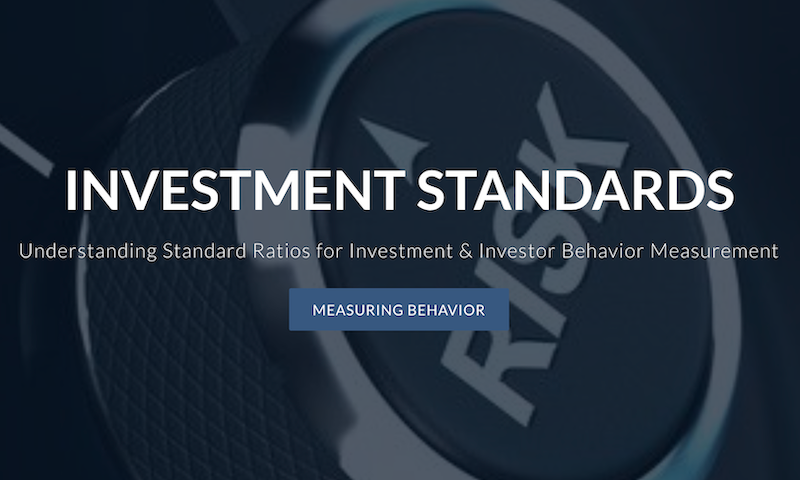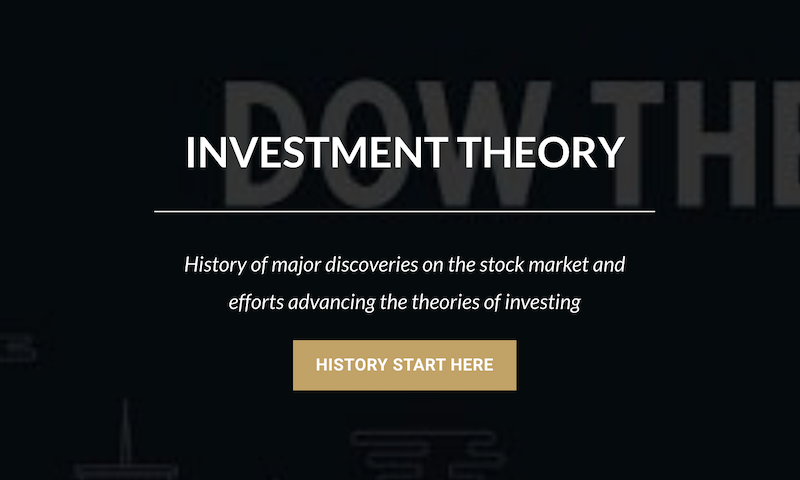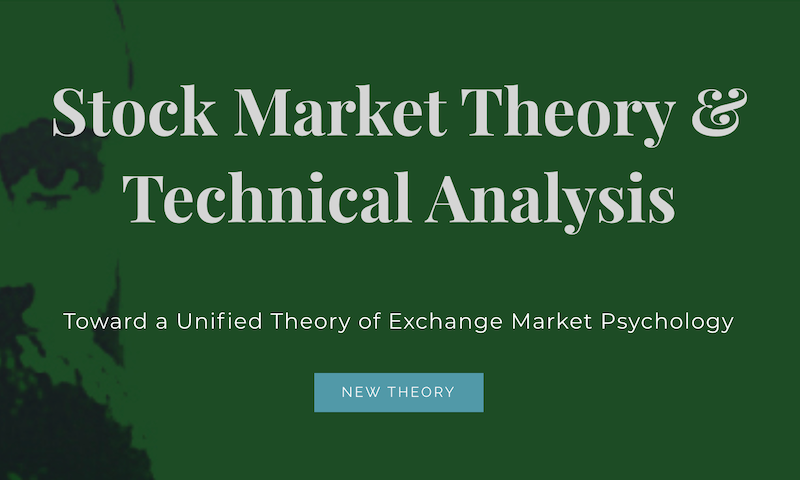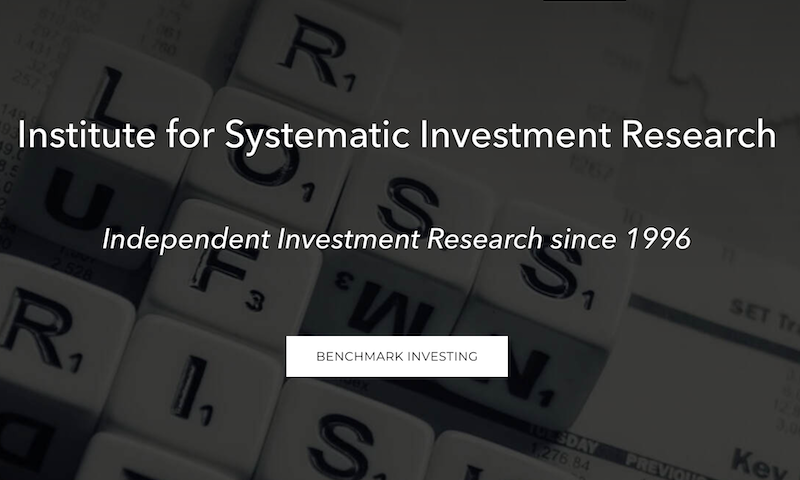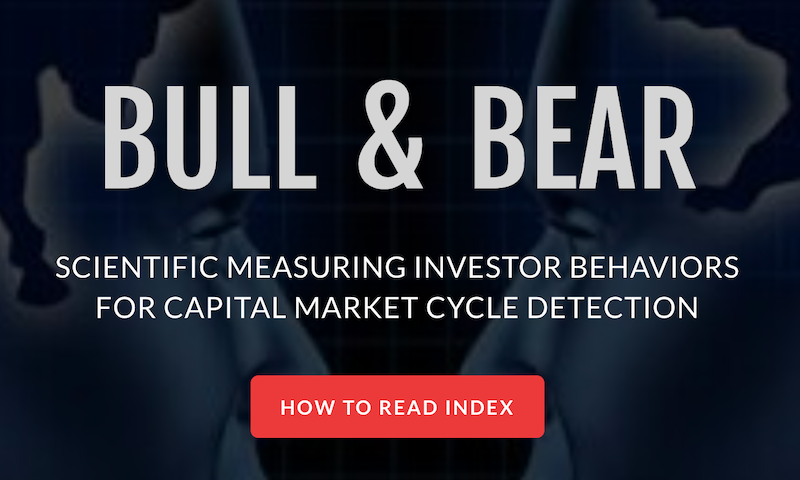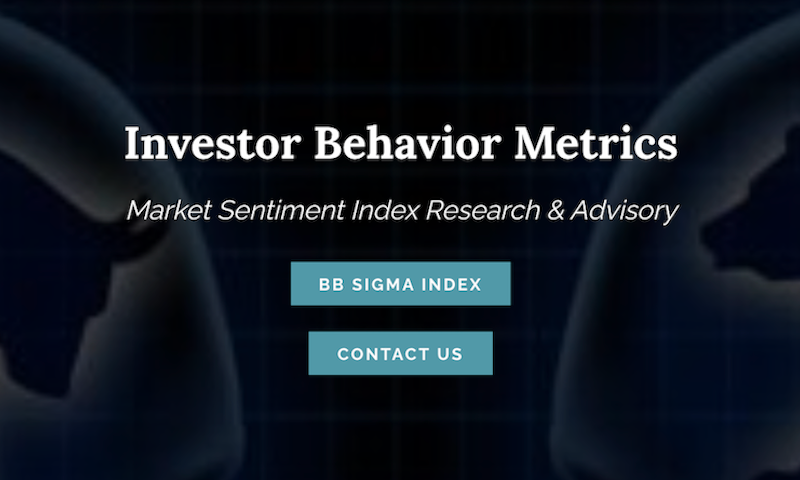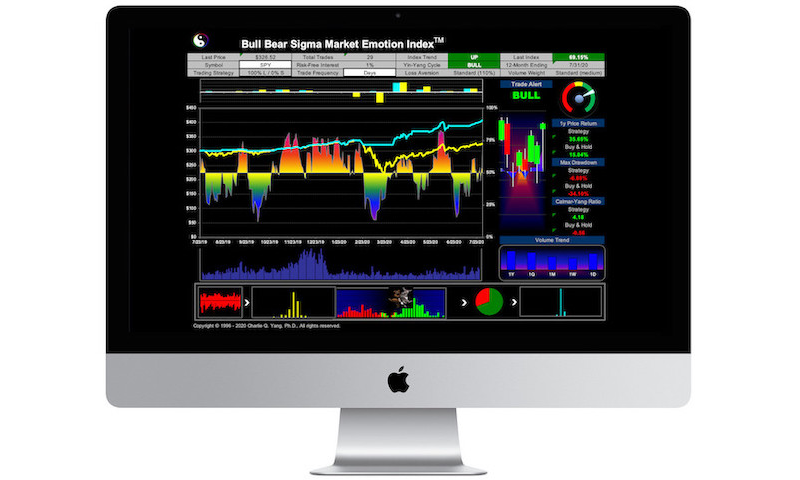|
My name is Charlie Yang, the creator of Alphament Investing Strategy. I am the lead financial technology consultant at AFIEA (Advisory for Financial Innovation, Evaluation, and Assessment), formerly known as the Institute for Systematic Investment Research (ISIR), and founded by myself in 1997.
Through AFIEA, I have been consulting for firms on AI-powered portfolio management, robo-advisor design, and quantitative investor behavior research. As an engineering doctorate with an aptitude for scientific discovery, my earlier career devoted myself to the success of mobile communications. What do Wall Street and wireless data have in common? Uncertainty. Problems associated with data transmission are very similar to issues a financial planner faces - designing the optimal plan (system) to reach a goal (destination). In 1994, I discovered a new probability distribution to capture non-normal statistics. My curiosity drove me to work in the financial industry. I have pursued my research to learn how to detect intrinsic value over market noise and eventually led to the discovery of Alphament Investing Strategy. The financial industry’s growth can only be sustainable by adding measurable value when serving investors. To start the conversation, text me at 310-528-5511 or email me at cqyang@afiea.com. |
Fundamental Research Works on Alphament Strategy
|
|
|
|
|
|
|


